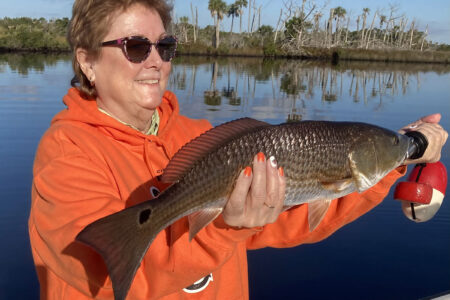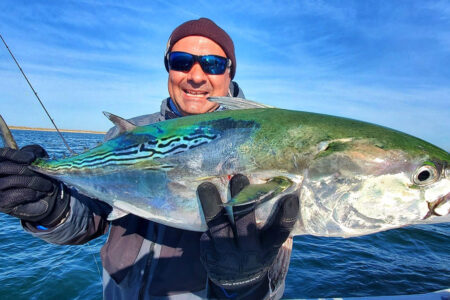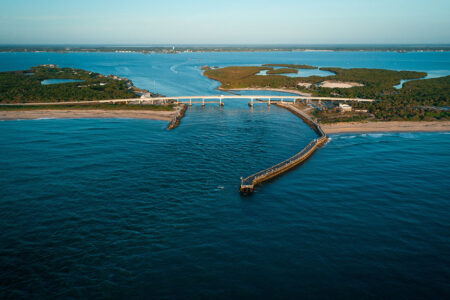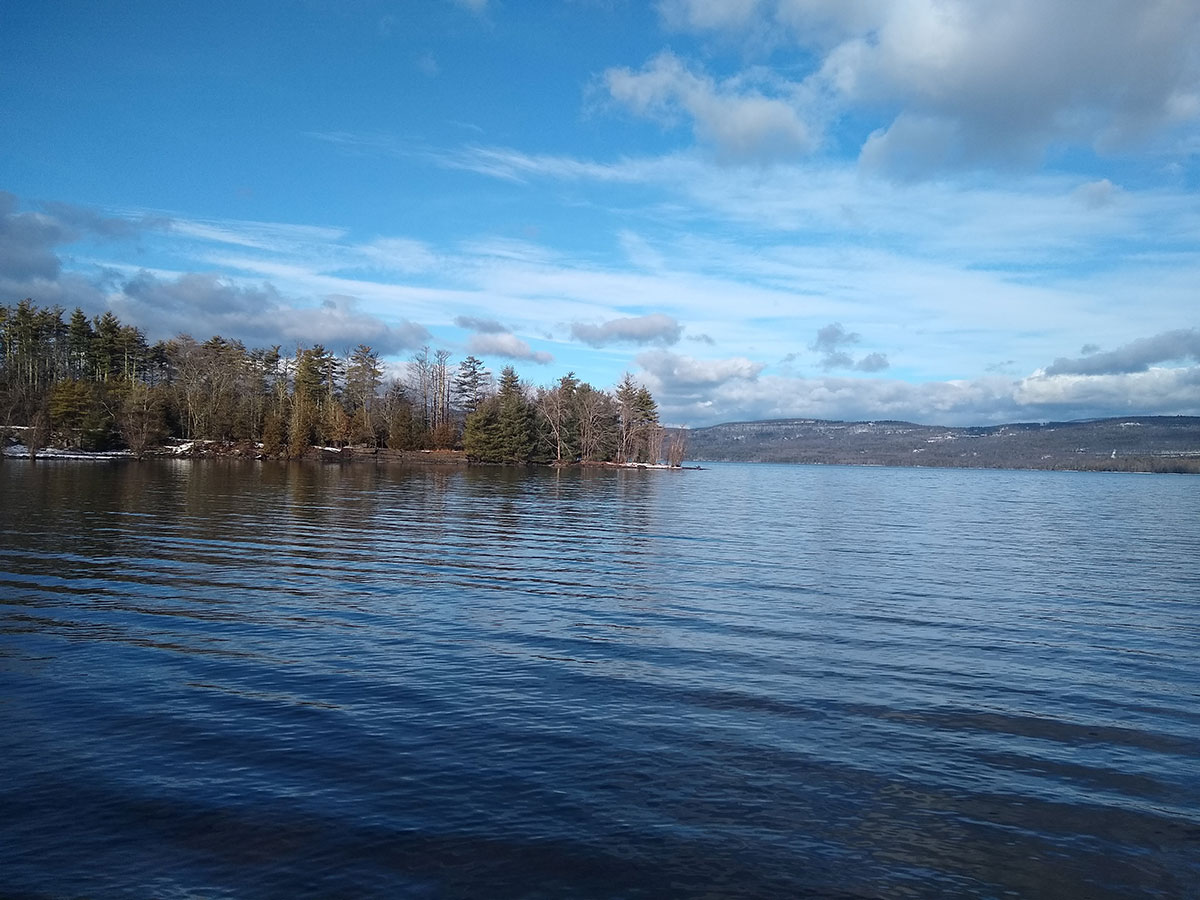
Trout fishing in the Ashokan Reservoir is now a year-round affair and anyone can take advantage of it.
About 90 minutes north of NYC lies one of the state’s best-kept fishing secrets: the Ashokan Reservoir. The Ashokan is the second largest of NYC’s 19 reservoirs, all of which supply the Big Apple with most of its drinking water, and the best part is that the NYC DEP (not to be confused with the NYS DEC) welcomes people to use these bodies of water.
Stocked And Wild Species
This particular reservoir has an excellent population of wild rainbow and brown trout, not to mention largemouth bass, smallmouth bass, and walleye, with some fish growing up to 10 pounds or more. In fact, on April 21, 2015, DEC fisheries biologists captured a 32-inch, 17-pound walleye from the east basin of Ashokan Reservoir, one that would have been the state record at that time.
Each spring, the NYS DEC stocks supplemental brown trout in the reservoir as a way of adding a complementary and healthy population of fish to the tune of around 15,000 to 16,000 fingerlings. But it’s the wild trout that make this waterway so exciting, so let’s take a look at where the reservoir is, the regulations involved, and how to land some great eating cold-water fish.
Know The Regulations
Before I take you on the journey that will get you to the Ashokan Reservoir, you need to have a good look at the regulations around using the area. As stated, the NYC DEP is the entity that cares for the NYC drinking water supply, and they take that job very seriously.
| HELPFUL LINKS TO GETTING STARTED |
| NYC DEP Access Permit – https://www.nyc.gov/site/dep/recreation/recreation.page
NYS Fishing License – https://dec.ny.gov/regulatory/permits-licenses/sporting-and-use/sporting/fishing-license |
Here are the three simple things that you will need: a NYC DEP access permit, a valid NYS fishing license, and your fishing gear. I found out the hard way that access to the water is denied to anyone not having these items in their possession, and without them, you may be stuck with a citation for trespassing! (Generally, you will get a warning ticket for the first offense, but the DEP expects people to go fishing and not sightseeing)
The application for the DEP access permit is free, simple, and can be found online, with children under the age of 16 not needing one if they are accompanied by a permit holder over the age of 18.
One thing that you will notice right away upon arriving at the reservoir are the many boats that dot the shoreline virtually anywhere you go. It’s true that anyone who owns a very specific boat — an aluminum rowboat that is between 11 feet, 6 inches, and 16 feet long and at least 42 inches in width — can place it on the Ashokan Reservoir as long as they have all of the boat’s pertinent information, (make, model, serial number, etc) your personal contact information, and a valid NYC DEP access permit.
At that time, you will need to have the boat steam cleaned by DEP staff, who will then tag your boat as cleared to use on the Ashokan and free of any possible invasive species, such as zebra mussels. It must be noted that no canoes or kayaks are allowed on the Ashokan Reservoir.
Since the DEP does not allow even a validly tagged boat on the water after November 30, any fishing that we are now discussing will be done from shore, and it can be done successfully! One thing that I found out from visiting the Ashokan multiple times that actually surprised me a little — since the NYC DEP police (yes, the DEP have their own local police force that guards the reservoir) are so protective of the water is that you may be surprised to know this: an angler can use waders, but only in areas where fishing is allowed.
One look at the map, and you will see that there is a no-fishing area along both sides of the dividing weir on the south edge of the waterway. But the rules changed in 2023 for angling on the reservoir, and for the better — trout fishing is now legal year-round with a five-fish limit of any size, although no more than two fish can be over the 12-inch mark.
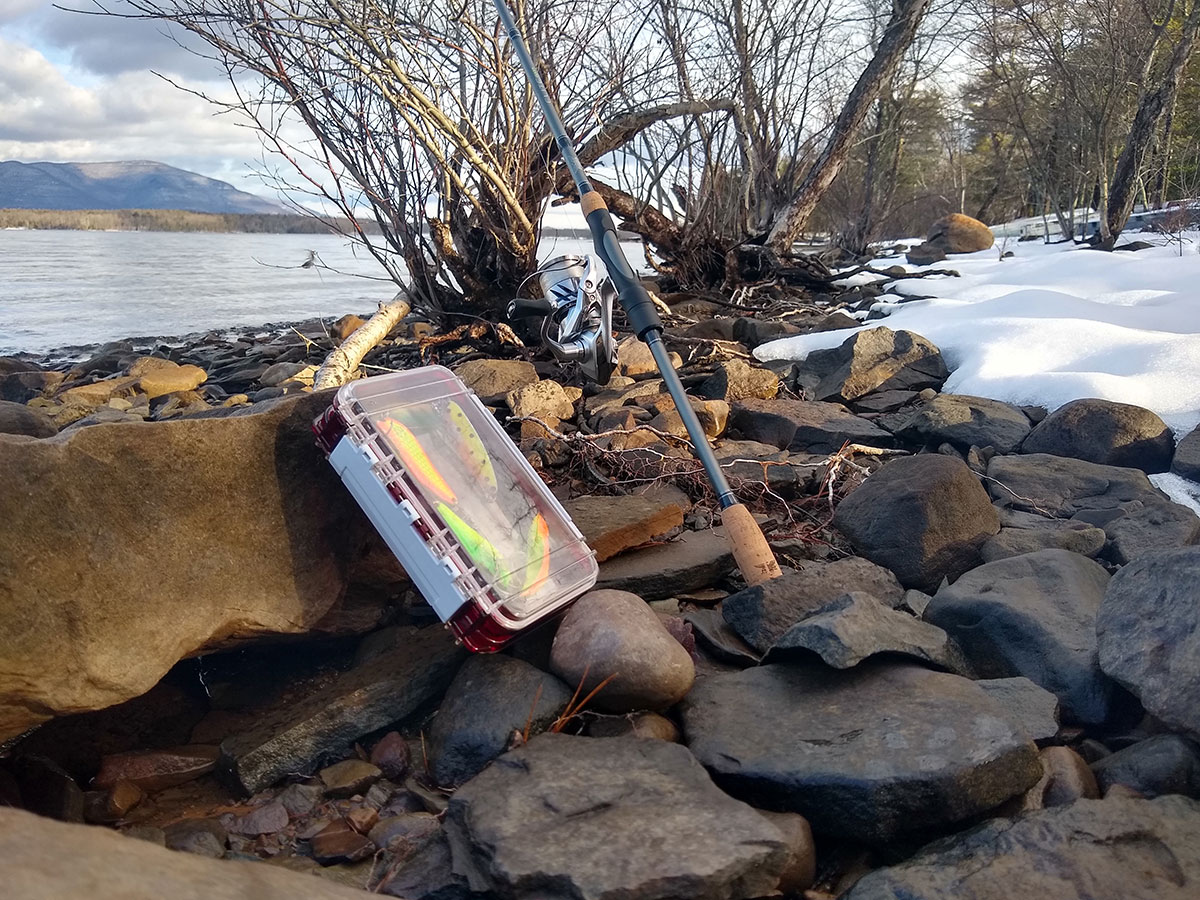
Getting To The Ashokan Reservoir
Whether you are coming from Long Island, NYC, or New Jersey, the smart-aleck response is to say, “Just head north until you get to Kingston, and then turn left,” but it’s almost that easy. I generally use the GWB to get in and out of the city, but however, you cross the Hudson River and make your way to the NYS Thruway, route 87 north.
Sure, you can go up the big river on the east side, but it’s slower, and you have to cross the Hudson eventually. Taking the thruway north is the best bet, especially since the moment that you exit at Kingston, you can simply keep right at the traffic circle, and you are immediately on Route 28 West, just a few miles from the Ashokan reservoir.
Route 28 ultimately circles around the north side of the reservoir and eventually connects to route 28A, which navigates around the south edge. Along the way, you will find many access points that are marked as either “W” or “E” with a number tag such as W-1 or E-1.
The Ashokan is divided into two basins — east and west, by the central dividing weir — and this is where the letter designations come from. Parking is pretty basic at most of these points, but some areas, such as the Rail Trail, have more room and better access; just be sure to have your gear, your permit, and your license.
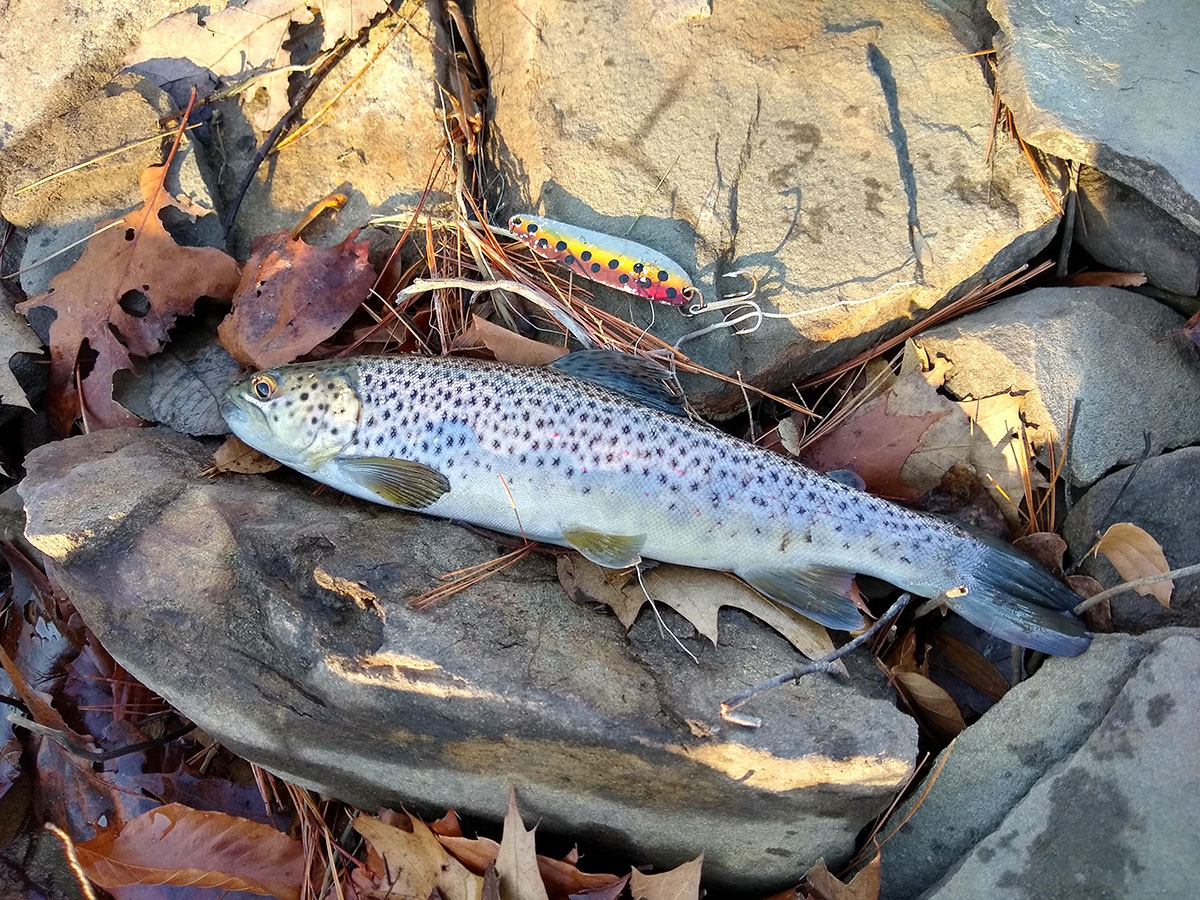
Tips And Techniques
Right off the bat, I’ll say that this is cold weather, and more specifically, cold-water fishing, so it behooves the angler to be ready for those conditions. Had we been talking about boating right out on the reservoir, then it would have turned into a more dangerous thing (a big part of the reason why the DEP does not allow boats on the water after November 30).
That being said, you’re going to want to have your traditional rod and reel combo front and center, even more specifically, a spinning combo. It’s a natural thing to add some of your best cold-weather clothing, gloves, and a good hand warmer.
I use a 7-foot medium-fast action rod with a quick reel — loaded with at least 150 yards of 10-pound test fluorocarbon — to keep wary wild trout from suspecting anything. This will also give you a great ability for long casts from the shore, and a quick reel (at least 5.8:1 gear ratio) will help you to keep your bait out of the rocks. And there are a lot of rocks in the Ashokan.
Since, like any reservoir, it has its ebbs and flows (water levels that rise or fall), you will need to look for areas that show a little drop in depth from where you are standing because spots that look like a shallow flat are likely just that and are not that conducive to casting or finding fish.
Quarter-ounce spoons in the longer, thinner variety are the order of the day to mimic baitfish like sawbellies; baits like the Mepps Syclops or the Luhr-Jensen Krocodile are just the thing. Be sure to slow down your retrieve, especially if you’re using a higher gear ratio reel since it will keep your offering above the hardscrabble and give the trout a good chance to see it.
As of this writing, it’s been a few weeks since deer season ended, and I’ve been traveling to the Ashokan Reservoir when I can. The fish have been cooperating all the way up to Christmas, and as long as the water stays open, there’s no reason to stop trying.
Once the air temperature drops below the freezing point, the eyes on your rod will begin to load with ice consistently enough to tell you that you’re better off waiting until the weather gets warmer.
One last point of fact on the Ashokan: ice fishing is prohibited, so take advantage of the open water while you can get it!

